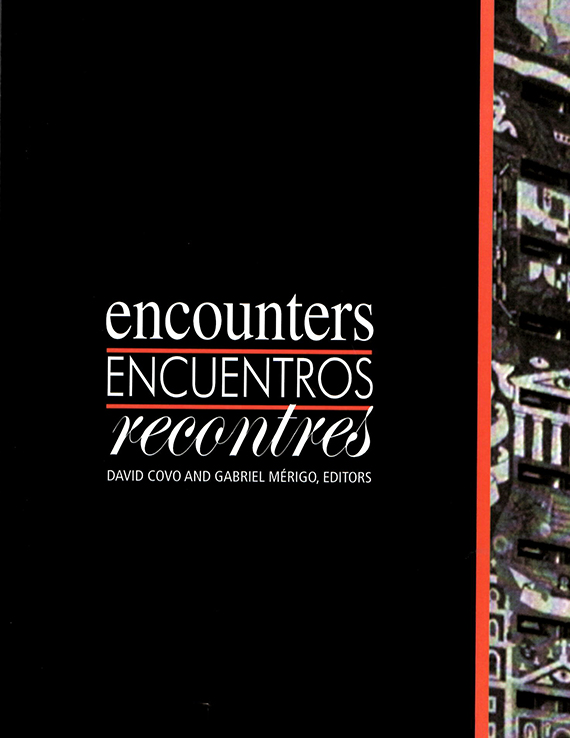Author(s): Jonathan Brooke Harrington
Bosnia’s brutal civil war targeted its own treasured building heritage, underscoring the persistent instability and continuous transformation in cultural values or meanings of historic architecture. In Bosnia, post-war instability and bitter memories have undermined even the most perfectly reconstituted landmarks, and the communal sense of place these structures once bolstered is altered, perhaps irretrievably. This paper examines four important cultural sites in the Bosnian city of Mostar, and compares the prewar values of each site with post-war changes, each example addressing a cultural or social theme critical to Mostar’s future. Among these sites is Mostar’s most famous structure, the Ottoman bridge that has been meticulously reconstructed, even as restoration of its historic symbolic content remains in doubt. Other historic reconstruction sites address issues of housing, religious identity and education, and reveal the intense cultural competition between the post-war city’s east and west sides, between Croats and Bosniaks. Catholics and Muslims. The authors have visited Mostar many times between 1987 and 2004, first for research on Balkan vernacular architecture, and after the war to participate in annual summer workshops on the reconstruction of Mostar’s cultural heritage. Thus this paper is based on first-hand knowledge of Bosnian history and culture as well as a decade of involvement in the post-war reconstruction process.
Volume Editors
David Covo & Gabriel Mérigo Basurto
ISBN
0-935502-57-2

 Study Architecture
Study Architecture  ProPEL
ProPEL 
